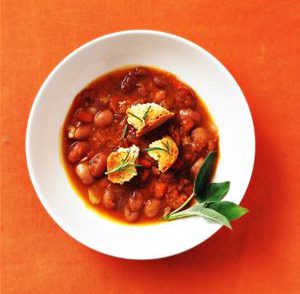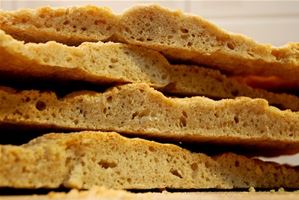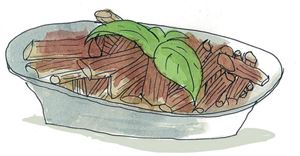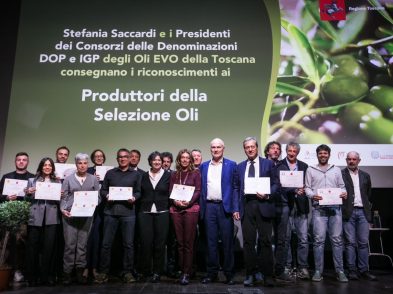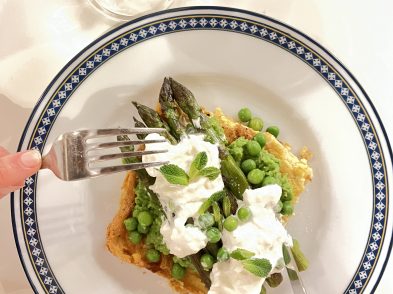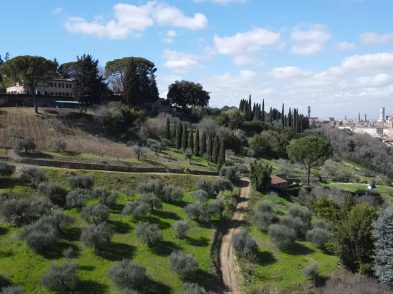In the past, people’s diets followed the seasons: eating fresh when nature offered an abundance of harvest and preserving as much as possible for use in the colder months, when plant activity slowed to a minimum. Autumn was a time for harvest and for making conserves to last for the entire winter. Along with whole pumpkins, onions and strings of garlic, the summer’s bounty of tomatoes would be made into passata; jars of herb pesto made with the fresh herbs and new garlic using last year’s extra-virgin olive oil would line the cupboards. Some plums would have been dried in the sun, maybe some apricots, too.
This time of the year when we are waiting for the spring growth and the seasons to awaken the earth again, it often makes me think of the familiar old story of stone soup. The details vary, but basically a lone traveller (or a group of pilgrims or some soldiers returning from war), faced with the stinginess of the farmer’s wife or the entire town, offers to make ‘stone soup’ for everyone. Of course, the traveller knows that there is plenty of food from the harvest in storage. A large cauldron is produced, filled with water to which the traveller adds some stones. As the fire under the cauldron brings the ‘soup’ to a boil, the wayfarer wistfully mentions bits of food that could improve the soup, prompting the intrigued townspeople to produce onions, carrots, potatoes, bread and more. Eventually, everyone dines on a superb soup.
I am convinced this soup story comes from the Maremma area of Tuscany, the origins of a winter soup called acquacotta, simply meaning ‘cooked water.’ This soup is simple and honest, a little lean, but good for March, for it nourishes the soul and keeps one warm.
Here is my version of acquacotta alla maremmana. If you have a special stone you want to start with in cold water, let me know how it goes.
Buon appetito!
RECIPE
Acquacotta alla maremmana
Serves 4 (plus one traveller)
Ingredients
1 stalk of celery
2 onions
2 small carrots
4 cloves garlic
100ml extra-virgin olive oil
2 large spoons tomato passata, ideally homemade from last summer
Stale bread, cut into chunks
Rosemary
Salt and pepper to taste
Chili pepper flakes to taste
5 eggs
Method
Wash, peel, chop and dice the celery, onions and carrots. Peel and chop the garlic cloves. Place all in a pot and cover with cold water. Pour in half of the extra-virgin olive oil and a little salt, pepper and chili pepper flakes. Put on a flame, bring to the boil and simmer until all the vegetables including the carrots are soft, and the water has reduced, around 20 minutes.
Meanwhile, prepare five earthenware bowls with bread chopped into chunks, season with salt, pepper and extra-virgin olive oil, and place a bit of pecorino romano on top of each in the middle of the bowl. Place under a grill or in the top of a hot oven. Once both the bread and the cheese have coloured, slightly remove from the heat and set aside.
To the acquacotta with the vegetables in, add the couple of spoons of tomato passata. Do not stir: just let it settle and take away from the heat.
Meanwhile, crack an egg on the top of each piece of bread and cheese, and pour the boiling acquacotta straight over the top of each dish.
Finish in the top of the oven or grill until the egg just begins to set. Top with some chili flakes and serve.

